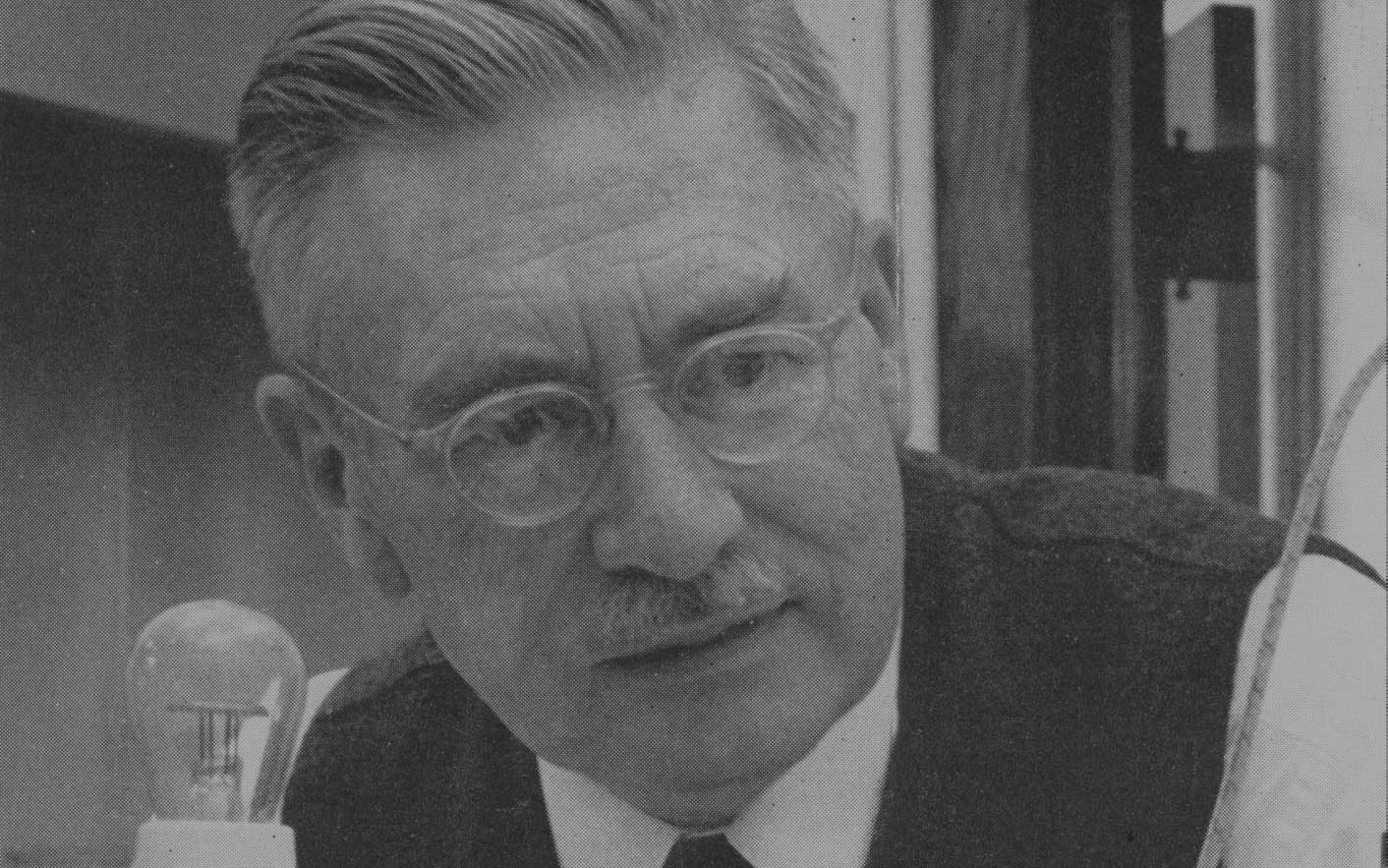
Peter Debye, a name synonymous with scientific brilliance, was a prominent figure in the field of chemistry and physics. Born in 1884 in the Netherlands, Debye’s contributions to the scientific community are nothing short of extraordinary. With an illustrious career that spanned several decades, Debye’s work revolutionized our understanding of molecular structures and laid the foundation for modern physical chemistry.
In this article, we will explore 18 astounding facts about Peter Debye that shed light on his remarkable life and achievements. From his groundbreaking research on dipole moments to his pioneering work in X-ray crystallography, Debye’s intellectual prowess and relentless pursuit of knowledge left an indelible mark on the scientific world. Join us as we delve into the incredible journey of Peter Debye and uncover the profound impact he had on the realm of science.
Key Takeaways:
- Peter Debye was a Nobel Prize-winning physicist and chemist who made groundbreaking contributions to understanding the nature of chemical bonds and the structure of molecules.
- His work on molecular dipole moments, Debye shielding, and specific heat revolutionized the field of physical chemistry and laid the foundation for advancements in materials science.
Peter Debye made groundbreaking contributions to the field of physical chemistry.
Peter Debye, born on March 24, 1884, in Maastricht, Netherlands, was a renowned physicist and chemist. His remarkable achievements in the field of physical chemistry have left an indelible mark on scientific research. Let’s delve into 18 astounding facts about this remarkable scientist.
He was a Nobel laureate.
In 1936, Peter Debye won the Nobel Prize in Chemistry for his significant contributions to understanding the nature of chemical bonds and the structure of molecules. His pioneering work on dipole moments and X-ray diffraction played a crucial role in advancing the field of physical chemistry.
Debye developed a widely used equation for molecular dipole moments.
One of Debye’s most significant contributions was the development of the Debye equation, which describes the relationship between molecular dipole moments and temperature. This equation has been instrumental in various applications, from understanding molecular polarity to predicting molecular behavior under different conditions.
He proposed the concept of Debye shielding.
In 1923, Debye introduced the concept of Debye shielding, which describes how charged particles in a plasma or electrolyte solution become effectively screened or shielded by surrounding particles. This concept has profound implications in understanding the behavior of charged particles in various environments.
Debye coined the term “Debye length.”
The Debye length, named after Peter Debye, is a fundamental concept in electrostatics and plasma physics. It quantifies the spatial extent over which charged particles influence their surroundings. The Debye length plays a crucial role in determining the behavior of plasmas and electrolytes.
He made significant contributions to the theory of specific heat.
Debye’s pioneer work on specific heat allowed for a more accurate understanding of the heat capacity of solids at low temperatures. His approach, known as the Debye model, took into account the vibrations of atoms within a solid, leading to a breakthrough in the field of solid-state physics.
Debye served as a professor at various prestigious institutions.
Throughout his career, Peter Debye held prestigious academic positions at universities such as the University of Zurich, the University of Leipzig, and Cornell University. He mentored countless students who would go on to make their own significant contributions in the field of science.
He embraced interdisciplinary research.
Debye’s work spanned multiple disciplines, including physics, chemistry, and materials science. He believed in the power of interdisciplinary collaboration and promoted cross-pollination of ideas among scientists working in different fields.
Debye made important contributions to the understanding of polar molecules.
His studies on the behavior of polar molecules in different environments contributed significantly to our understanding of molecular interactions and how they influence various properties of matter.
He developed the Debye-Hückel theory.
Debye, along with Erich Hückel, formulated the Debye-Hückel theory, which provides a mathematical framework for describing the behavior of electrolyte solutions. This theory has applications in various fields, including electrochemistry and biophysics.
Debye was the president of several scientific organizations.
Throughout his illustrious career, Debye served as the president of the International Union of Pure and Applied Physics and the International Academy of Quantum Molecular Sciences, further demonstrating his influential role in the scientific community.
He faced controversy due to his wartime activities.
During World War II, Debye moved to the United States and became a naturalized citizen. However, he faced controversy and accusations of collaboration with the Nazi regime in Germany, which overshadowed his scientific contributions.
Debye had a profound impact on the development of X-ray diffraction techniques.
His research in X-ray diffraction methods played a pivotal role in the advancement of structural analysis of crystals and paved the way for groundbreaking discoveries in the field of crystallography.
He received numerous prestigious awards and honors.
In addition to the Nobel Prize, Debye received numerous awards and honors throughout his career, including the Lorentz Medal, the Franklin Medal, and the Max Planck Medal.
Debye’s legacy lives on through the Peter Debye Institute for Soft Matter in Germany.
To honor his contributions, the Peter Debye Institute for Soft Matter was established at the University of Leipzig in Germany. This institute continues to conduct cutting-edge research in the field of soft matter physics.
His research laid the foundation for advancements in materials science.
Debye’s innovative ideas and pioneering research have had a lasting impact on materials science, providing valuable insights into the behavior and properties of various materials.
He was a prolific author.
Throughout his career, Debye authored numerous influential scientific papers and books, sharing his knowledge and research findings with the scientific community.
Debye’s work continues to inspire future generations of scientists.
The legacy of Peter Debye lives on as his groundbreaking contributions and innovative ideas continue to inspire and shape the work of scientists across various disciplines.
Conclusion
In conclusion, Peter Debye was an extraordinary figure in the realm of science. His contributions to physical chemistry and molecular spectroscopy have revolutionized our understanding of matter and its behavior at a molecular level. Debye’s work on dipole moments, X-ray diffraction, and his famous Debye equation have left an indelible mark on the field.Apart from his scientific achievements, Debye’s life was also fascinating. From his early struggles as an immigrant to his accolades as a Nobel laureate, he led a remarkable journey.Today, Debye’s legacy lives on as his research continues to influence and inspire generations of scientists. His dedication to understanding the fundamental nature of matter serves as an inspiration to us all.
FAQs
1. Who was Peter Debye?
Peter Debye was a renowned Dutch-American physicist and chemist who made significant contributions to the fields of physical chemistry and molecular spectroscopy.
2. What were Peter Debye’s major achievements?
Peter Debye made several astounding achievements, including his work on dipole moments, X-ray diffraction, and the formulation of the Debye equation, which describes the dependence of the dielectric constant on temperature.
3. Was Peter Debye awarded any honors for his work?
Yes, Peter Debye was awarded the Nobel Prize in Chemistry in 1936 for his contributions to the study of molecular structure through his investigations on dipole moments and diffraction of X-rays and electrons in gases.
4. What was Peter Debye’s impact on the field of physical chemistry?
Debye’s research and discoveries revolutionized the field of physical chemistry, particularly in the understanding of molecular behavior and the interaction of matter with electromagnetic radiation.
5. How is Peter Debye remembered today?
Peter Debye is remembered as one of the most influential scientists of the 20th century. His research and insights continue to shape our understanding of the physical world and inspire new generations of scientists.
Was this page helpful?
Our commitment to delivering trustworthy and engaging content is at the heart of what we do. Each fact on our site is contributed by real users like you, bringing a wealth of diverse insights and information. To ensure the highest standards of accuracy and reliability, our dedicated editors meticulously review each submission. This process guarantees that the facts we share are not only fascinating but also credible. Trust in our commitment to quality and authenticity as you explore and learn with us.


